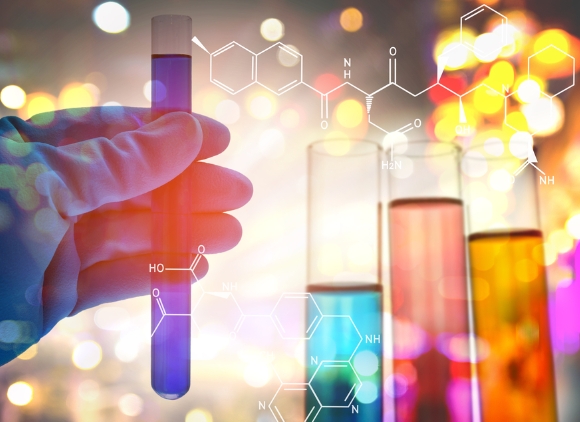Unveiling the Distinctions: Chemical Disasters vs. Biological Disasters

In an ever-changing world, the potential for disasters looms large. Among the various types of disasters, chemical and biological disasters stand out due to their unique characteristics and potential consequences. Understanding the differences between these two types of disasters is crucial for effective preparedness, response, and mitigation efforts. In this article, we delve into the distinctions between chemical disasters and biological disasters, exploring their nature, impacts, and the strategies employed to address them.
- Nature of Chemical Disasters:
Chemical disasters involve the release or exposure to hazardous chemicals, either accidentally or intentionally. These disasters can occur in industrial settings, transportation accidents, or as a result of chemical warfare. Chemical disasters often result in immediate and acute health effects, such as burns, respiratory distress, and chemical poisoning. The release of toxic substances into the environment can also have long-term ecological consequences. - Nature of Biological Disasters:
Biological disasters, on the other hand, stem from the emergence or spread of infectious diseases or biological agents. These disasters can manifest as pandemics, epidemics, or outbreaks. Biological disasters are typically caused by viruses, bacteria, fungi, or other pathogens. Unlike chemical disasters, biological disasters primarily affect living organisms, including humans, animals, and plants. The transmission of diseases can occur through various routes, such as direct contact, airborne particles, or contaminated food and water. - Impacts and Consequences:
Chemical disasters and biological disasters differ in their immediate and long-term impacts. Chemical disasters often result in acute injuries and fatalities, immediate environmental contamination, and damage to infrastructure. The effects of chemical exposure can be widespread, affecting both human health and the ecosystem. In contrast, biological disasters can lead to rapid and extensive transmission of diseases, causing illness, death, and societal disruption. The potential for widespread panic and economic consequences is higher in biological disasters due to the contagious nature of many pathogens. - Response and Mitigation Strategies:
The response and mitigation strategies for chemical and biological disasters vary due to their distinct characteristics. In chemical disasters, immediate evacuation, containment of the release, and decontamination are critical. Emergency responders, such as hazardous materials teams, play a crucial role in mitigating the effects of chemical disasters. On the other hand, biological disasters require a focus on disease surveillance, rapid diagnosis, isolation, and treatment of affected individuals. Public health agencies, healthcare professionals, and epidemiologists collaborate to control the spread of diseases and develop vaccines or antiviral medications.
Conclusion:
In conclusion, the differences between chemical disasters and biological disasters lie in their nature, impacts, and response strategies. Chemical disasters involve the release or exposure to hazardous chemicals, while biological disasters stem from the emergence or spread of infectious diseases. Chemical disasters have immediate health effects and environmental contamination, while biological disasters primarily affect living organisms and can lead to widespread transmission of diseases. Understanding these distinctions is crucial for effective disaster management and preparedness, ensuring the safety and well-being of individuals and communities in the face of potential threats.



